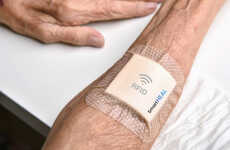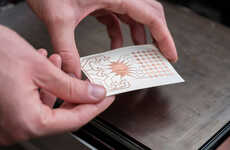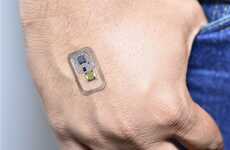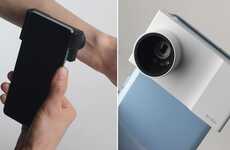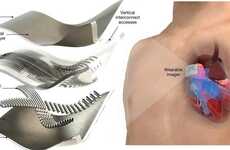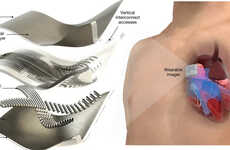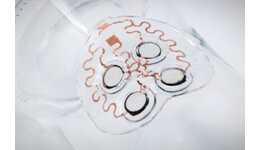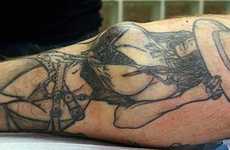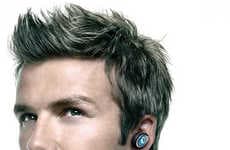
Wireless Connection for Medical Implants
References: ee.qub.ac.uk & technology.newscientist
We already have wireless internet at home and Wi-Fi outside the home. Why not a personal wireless connection for different medical implants like pacemakers in our bodies too? William Scanlon and Gareth Conway have recently filed a patent for a wireless antenna system. It is able to send signals along human skin to help all the devices work together.
The small, patch-like antenna is incredibly power efficient, much better than current technologies like Bluetooth which consumes a lot of battery power. Medical devices need long energy life spans. What makes these antennas different is the signals are made to travel sideways along the body instead of away from the body.
How the researchers at Queen's University, Belfast, Northern Ireland did this was by turning the design upside down, which then sends the signals along the skin as "creeping waves". These waves are the reason why both your ears hear a sound rather than only in the ear closest to the origin of the sound.
The small, patch-like antenna is incredibly power efficient, much better than current technologies like Bluetooth which consumes a lot of battery power. Medical devices need long energy life spans. What makes these antennas different is the signals are made to travel sideways along the body instead of away from the body.
How the researchers at Queen's University, Belfast, Northern Ireland did this was by turning the design upside down, which then sends the signals along the skin as "creeping waves". These waves are the reason why both your ears hear a sound rather than only in the ear closest to the origin of the sound.
Trend Themes
1. Wireless Medical Implants - Disruptive innovation opportunity: Developing wireless antenna systems for medical implants with improved power efficiency and longer battery life.
2. Skin-based Signal Transmission - Disruptive innovation opportunity: Exploring the use of skin-based antennas to transmit signals sideways along the body, enabling better connectivity between medical devices.
3. Power Efficient Technology - Disruptive innovation opportunity: Creating power-efficient wireless technologies for medical implants to prolong the lifespan of battery-powered devices.
Industry Implications
1. Healthcare Technology - Disruptive innovation opportunity: Integrating wireless antenna systems into medical devices, improving connectivity and communication in the healthcare industry.
2. Electronics Manufacturing - Disruptive innovation opportunity: Manufacturing skin-based antenna systems for medical implants, revolutionizing the production of wireless medical devices.
3. Telecommunications - Disruptive innovation opportunity: Adapting skin-based signal transmission technology for broader use in telecommunications, enabling new connectivity options for various industries.
2.1
Score
Popularity
Activity
Freshness


